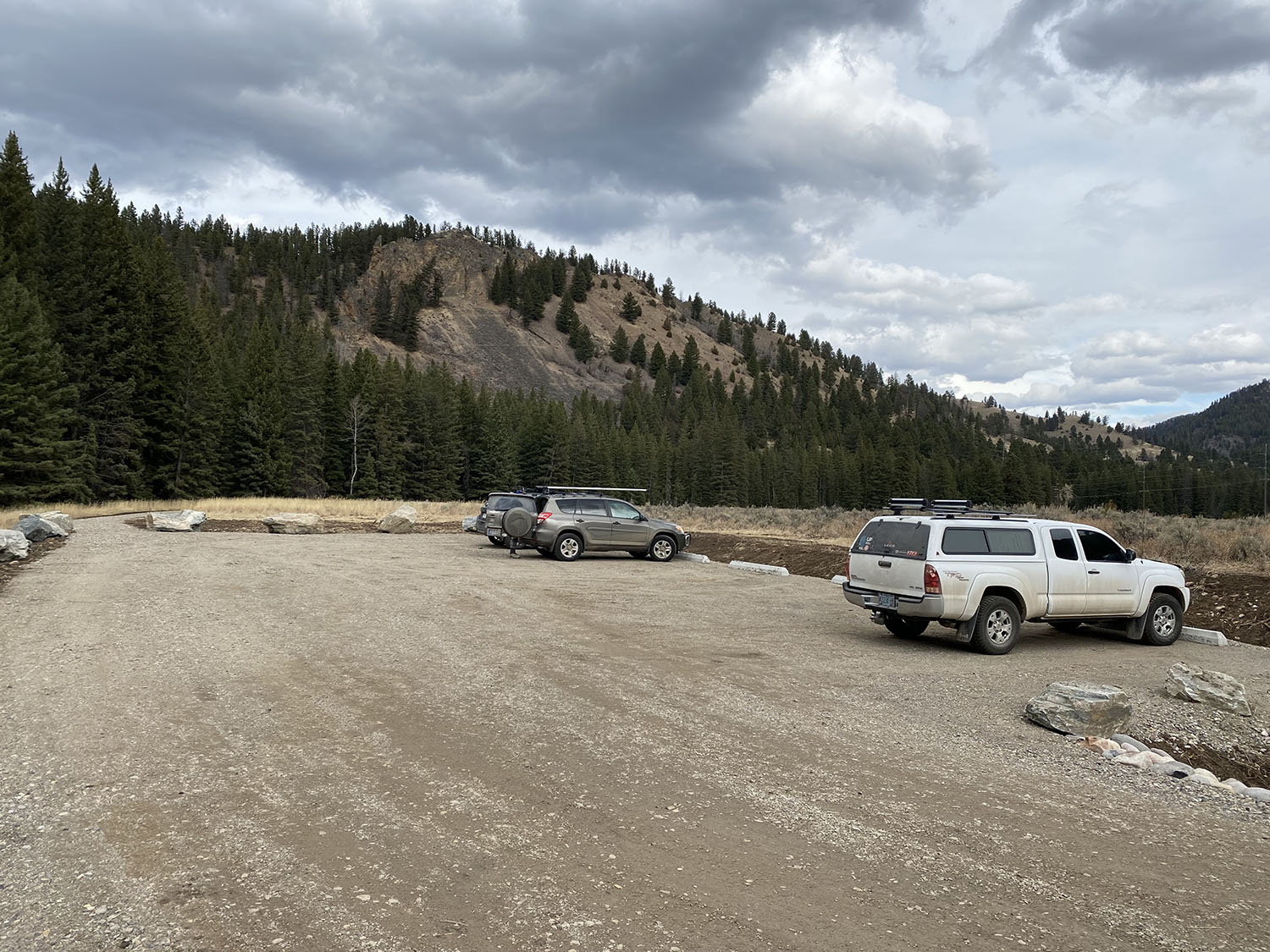Upper Deer Creek

Status
Complete
Location
Main stem Gallatin River, South Fork of Upper Deer Creek Trailhead
Estimated Cost
$350,000
Project Description: Growing recreation pressure on the Upper Gallatin River is one of the largest threats to river health. In partnership with the Custer Gallatin National Forest (CGNF), we have an ambitious plan to improve public access sites with the goal of repairing those damaged locations.Upper Deer Creek is the second large-scale project to restore the ecological health of the river and improve ease and safety of river access along the Upper Gallatin Corridor. The project has engaged a broad spectrum of stakeholders and utilized volunteers to complete restoration activities including noxious weed management, planting, and fence building.
Before and After

Site conditions before the restoration project included unmanaged vehicle access causing damage to riparian vegetation and increasing the amount of sediment and other pollutants entering the river.

Two designated parking areas were developed which include erosion control features, a vegetated buffer between the river and the parking lot, and boulders to prevent driving along the river’s edge.
Project Results: Upper Deer Creek highlights the variety of users enjoying the Gallatin. To better accommodate anglers and whitewater rafters, infrastructural additions were introduced including a designated sustainable river access point for rafts, an accessible fishing platform, and a kayak slab launch. To continue educating the river-loving community, we installed four educational signs along 1,750 feet of new accessible trail. Given the site’s popularity, we built 2 improved parking areas that can accomodate trailers and other oversized vehicles. Volunteers helped plant 380 riparian trees and shrubs and reseeded barren areas.
Fast Facts:
- 4 educational/interpretive signs
- 2 improved parking areas
- 1,044 feet (.6 acres) riparian buffer enhancements
- 1,044 feet (.2 miles) of fencing along riparian buffer and parking areas
- 1,750 feet (.3 miles) accessible trail
- 4,323 feet (0.8 miles) of existing user-created road decommissioned
- 12 acres of treated invasive species
- 52 volunteers engaged

The new sustainable boat launch

An accessible trail and fishing platform, with interpretive signage
Thank you to our incredible donors
The work we do would be impossible without your support.
Project Partners
Project Funders
Gallatin River Forever Campaign
Big Sky Resort Area District
Custer-Gallatin National Forest
National Forest Foundation
Madison/Gallatin Chapter Trout Unlimited
Yellowstone Club Community Foundation
Moonlight Community Foundation
Spanish Peaks Community Foundation
REI
Clear H2O Solutions (In-Kind Donation)



